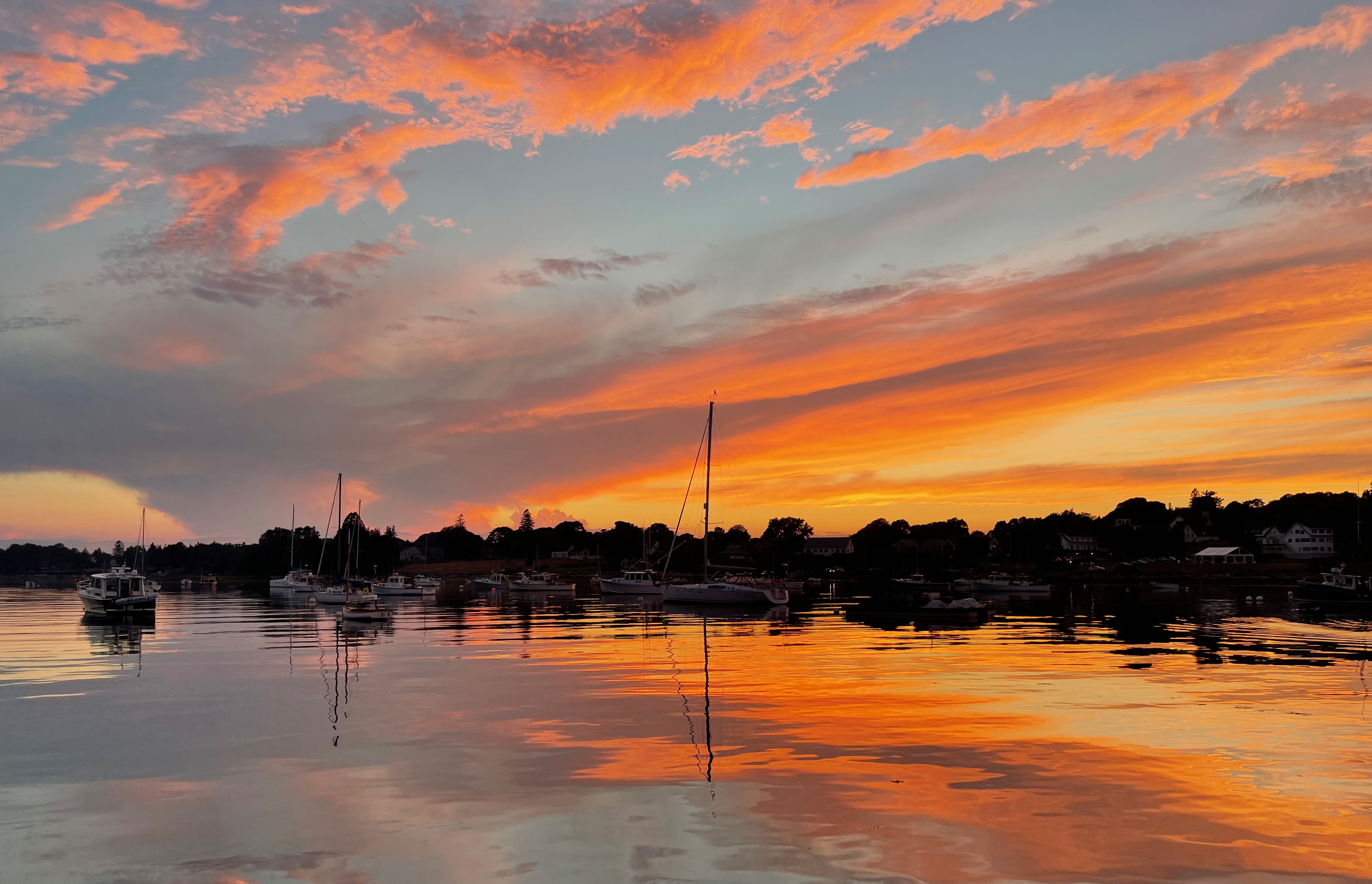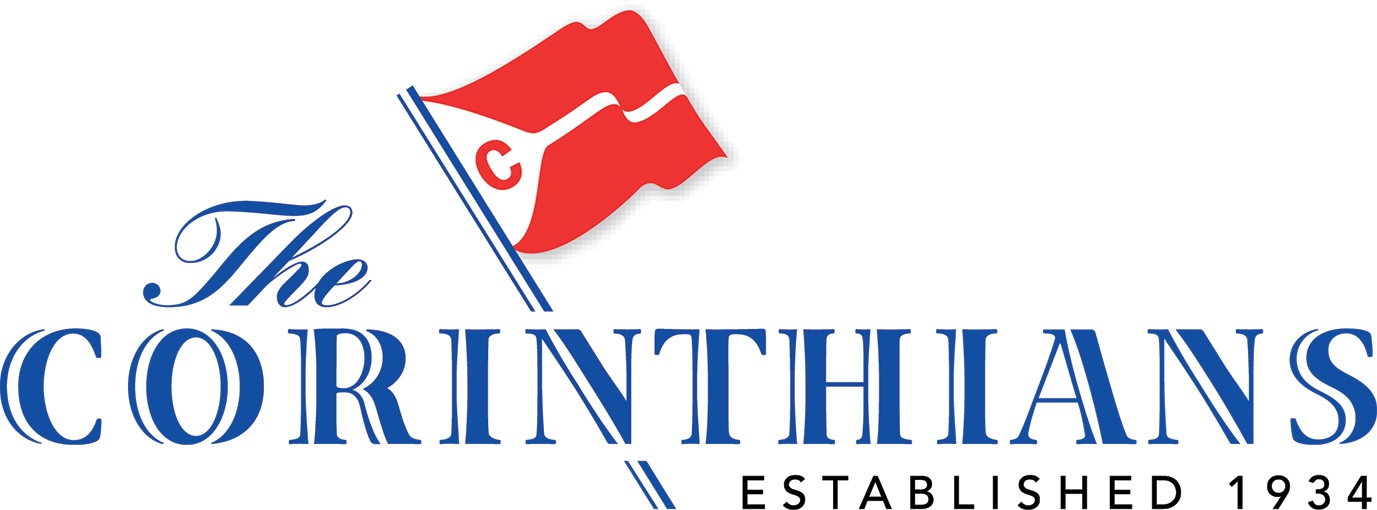Camaraderie... Good Shipmates... The Corinthians Way!


- © 2025 The Corinthians 0



Thoughts on Fog Piloting
| • | Power1 long |
| • | Sail1 long blast and 2 short per 2 minutes |
| •Anchored | Bell for 5 |
| •To w i n g | 1 long blast and 2 short per 2 minutes |
| •To w e d | 1 long blast and 3 short per 2 minutes |
Signal Heard | Type of Vessel |
1 long blast every 2 minutes | power |
| 1 long, 2 short every 2 minutes | sail |
| Bell every minute | anchor |